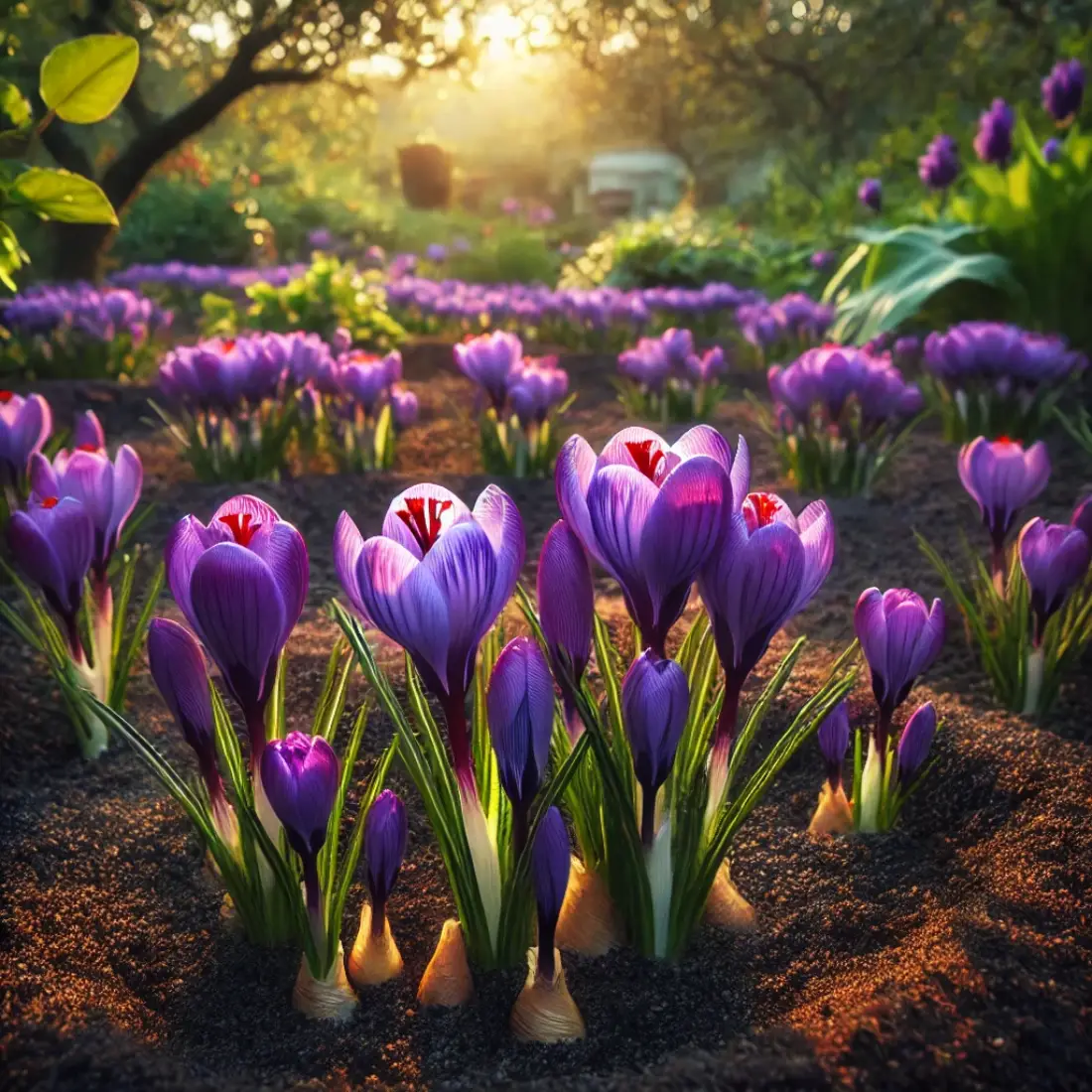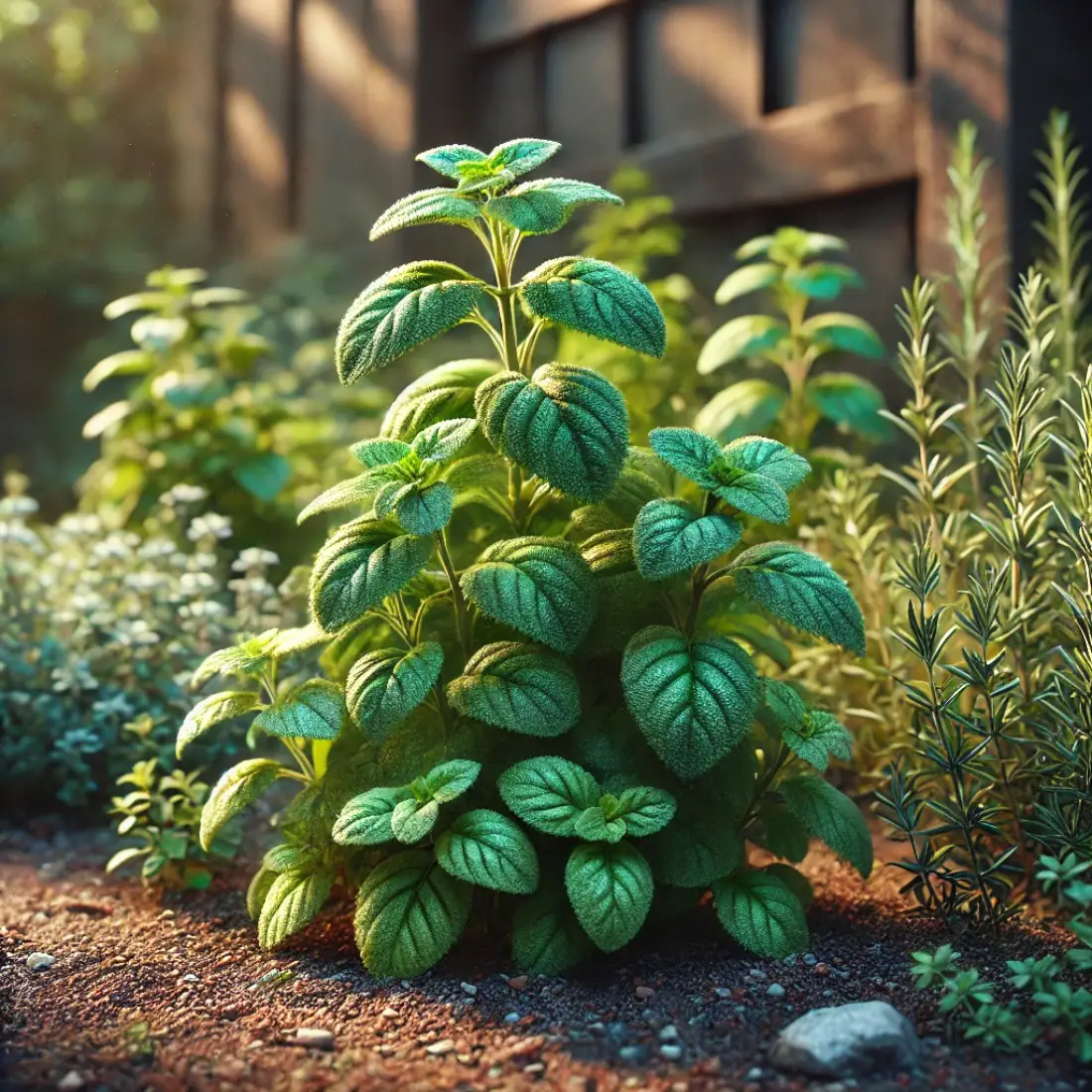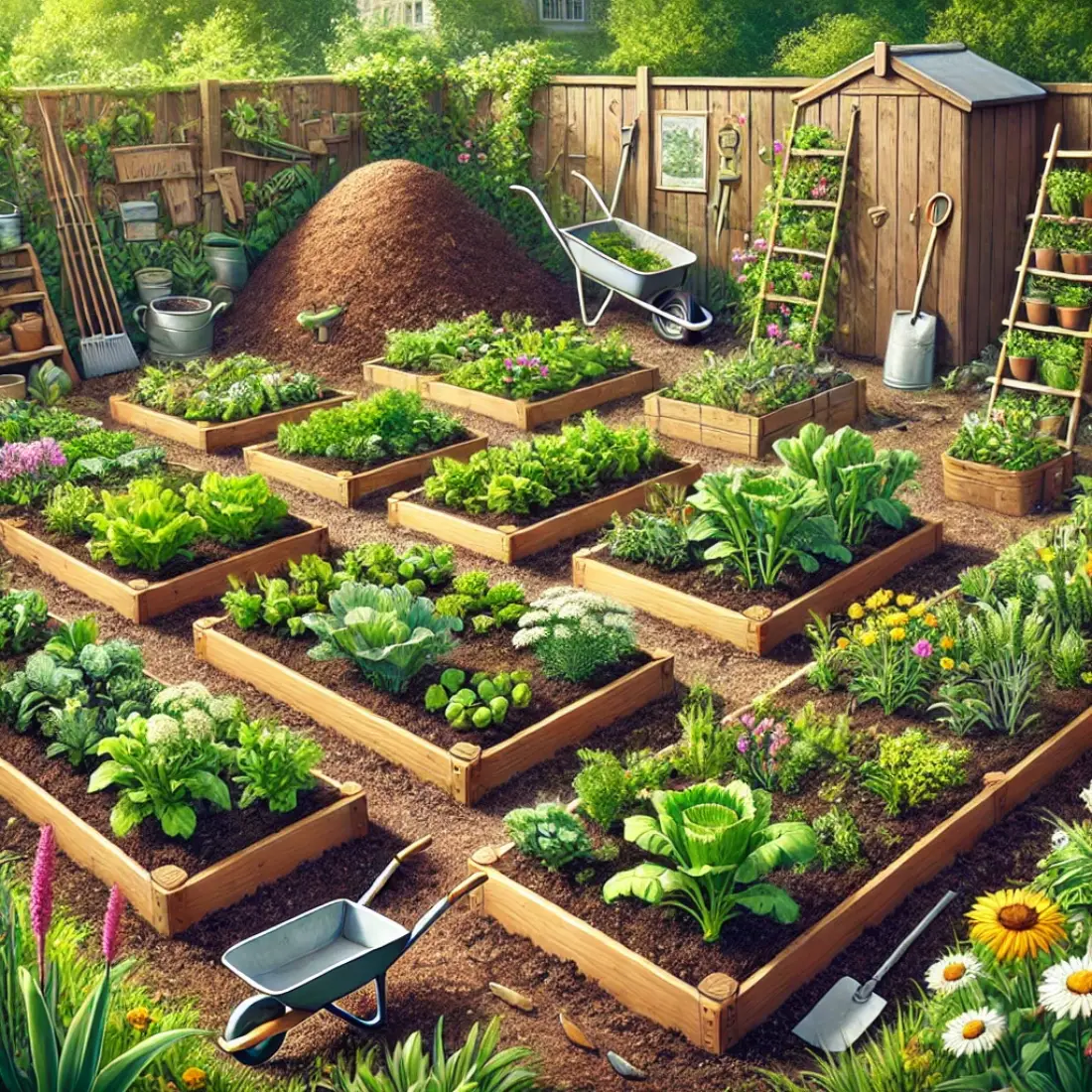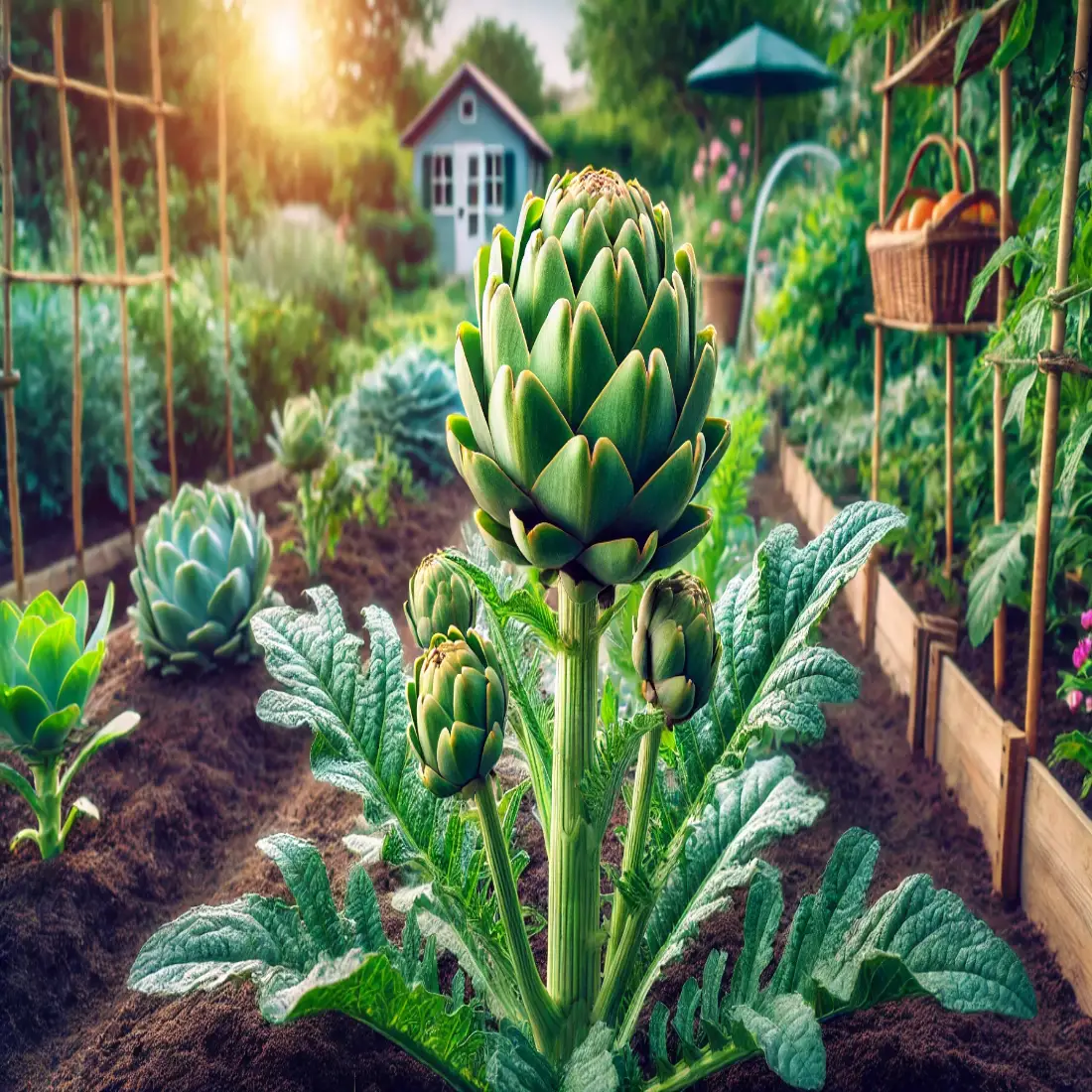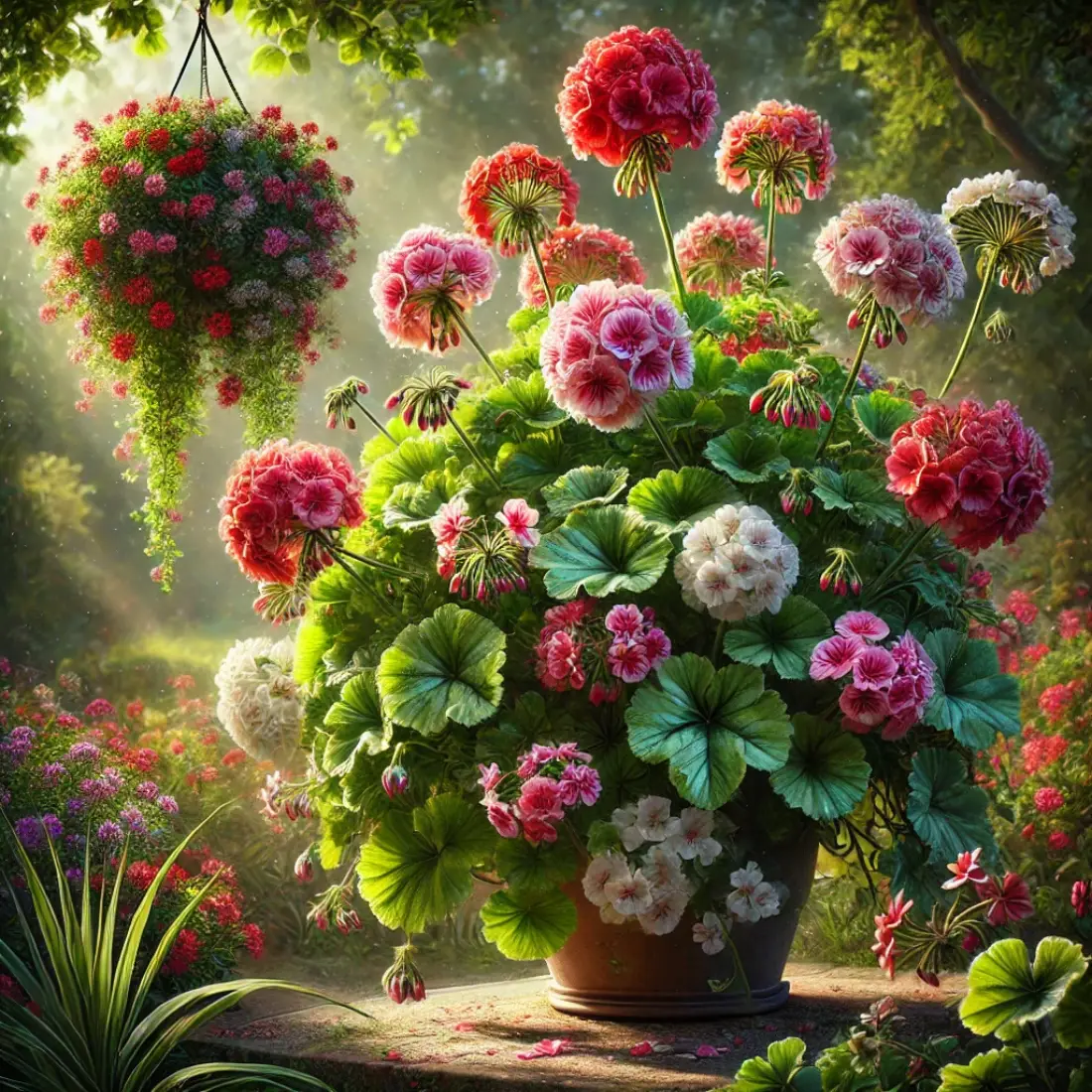Growing saffron flowers, the source of one of the most expensive and sought-after spices in the world, can be a rewarding experience for home gardeners. Saffron comes from the flower of Crocus sativus, a perennial plant in the iris family.
Each saffron crocus produces a vibrant purple flower with three bright red stigmas, which are the source of saffron spice. The plant grows from corms, which are bulb-like structures that store energy and nutrients.
Crocus sativus blooms in the fall, with flowers lasting only a short time. The corms multiply underground, producing new plants each year. The saffron crocus is unique in its sterile nature, meaning it only reproduces via corms, not seeds.
While cultivating saffron requires careful attention to climate, soil, and planting techniques, the result is a homegrown spice that can elevate your culinary creations to new heights.
- Saffron is derived from the Crocus sativus flower, making it one of the most expensive spices globally due to its labor-intensive harvesting process.
- Growing saffron requires a Mediterranean-like climate, with dry summers and mild winters, as well as well-drained soil and full sunlight.
- Saffron corms should be planted in late summer to early fall, spaced appropriately, and buried at the correct depth to ensure healthy growth.
- Watering needs are minimal after planting but crucial during the early growth stage. Overwatering can lead to rot, so careful monitoring is essential.
- Harvesting saffron involves collecting the red stigmas from the flowers during a short blooming period, typically in the early morning.
- Proper drying and storage of saffron threads are vital to preserve their quality and potency.
- Growing saffron can be challenging but highly rewarding, especially if you follow best practices for planting, care, and harvesting.
Optimal Growing Conditions for Saffron
To successfully grow saffron (Crocus sativus), it’s essential to replicate the conditions of its native Mediterranean habitat. Saffron thrives in specific environments that meet its requirements for climate, soil, and sunlight. Understanding these optimal growing conditions is key to producing high-quality saffron threads.
Climate
Saffron grows best in areas with a Mediterranean climate, characterized by hot, dry summers and mild, wet winters. This climate is crucial because saffron corms enter a dormant phase during the summer, requiring dry conditions to prevent rot. The ideal temperature range for saffron growth is between 15°C and 20°C (59°F to 68°F).
While saffron can tolerate winter frost, temperatures below -12°C (10°F) can damage the corms if they’re not adequately protected. In non-Mediterranean climates, saffron can still be grown, but additional measures, such as greenhouse cultivation or mulching, may be necessary to maintain suitable conditions.
Soil Requirements
Well-drained soil is critical for saffron cultivation. Saffron corms are highly susceptible to rot if the soil retains too much moisture. A sandy, loamy soil with good drainage is ideal. The soil should also be rich in organic matter to provide essential nutrients for the corms.
Soil pH is another important factor; saffron prefers slightly acidic to neutral soil with a pH range of 6 to 8. Before planting, it’s advisable to test the soil and amend it with compost or well-rotted manure to improve fertility and structure.
Sunlight
Saffron plants require full sunlight to thrive. They need at least six to eight hours of direct sunlight each day. The planting site should be in a location that receives ample sunlight throughout the growing season. If growing saffron in cooler climates, choosing a south-facing slope or area that maximizes sun exposure can help create the warm conditions that saffron needs.
Watering and Irrigation
While saffron requires well-drained soil, it also needs consistent moisture during its growing period, particularly after planting and during the initial growth phase. However, overwatering should be avoided, especially during the summer dormancy period when the corms do not need much water.
Drip irrigation is an effective method to ensure that saffron plants receive the right amount of water without waterlogging the soil.
Planting Saffron Corms
Planting saffron corms at the right time and with proper technique is crucial for a successful harvest. The best time to plant saffron corms is in late summer to early fall, typically from August to September. This timing allows the corms to establish roots before the cooler months set in.
To begin, select a sunny location with well-drained, loamy soil. Before planting, prepare the soil by loosening it to a depth of about 12 inches (30 cm) and mixing in organic matter like compost to improve fertility and drainage.
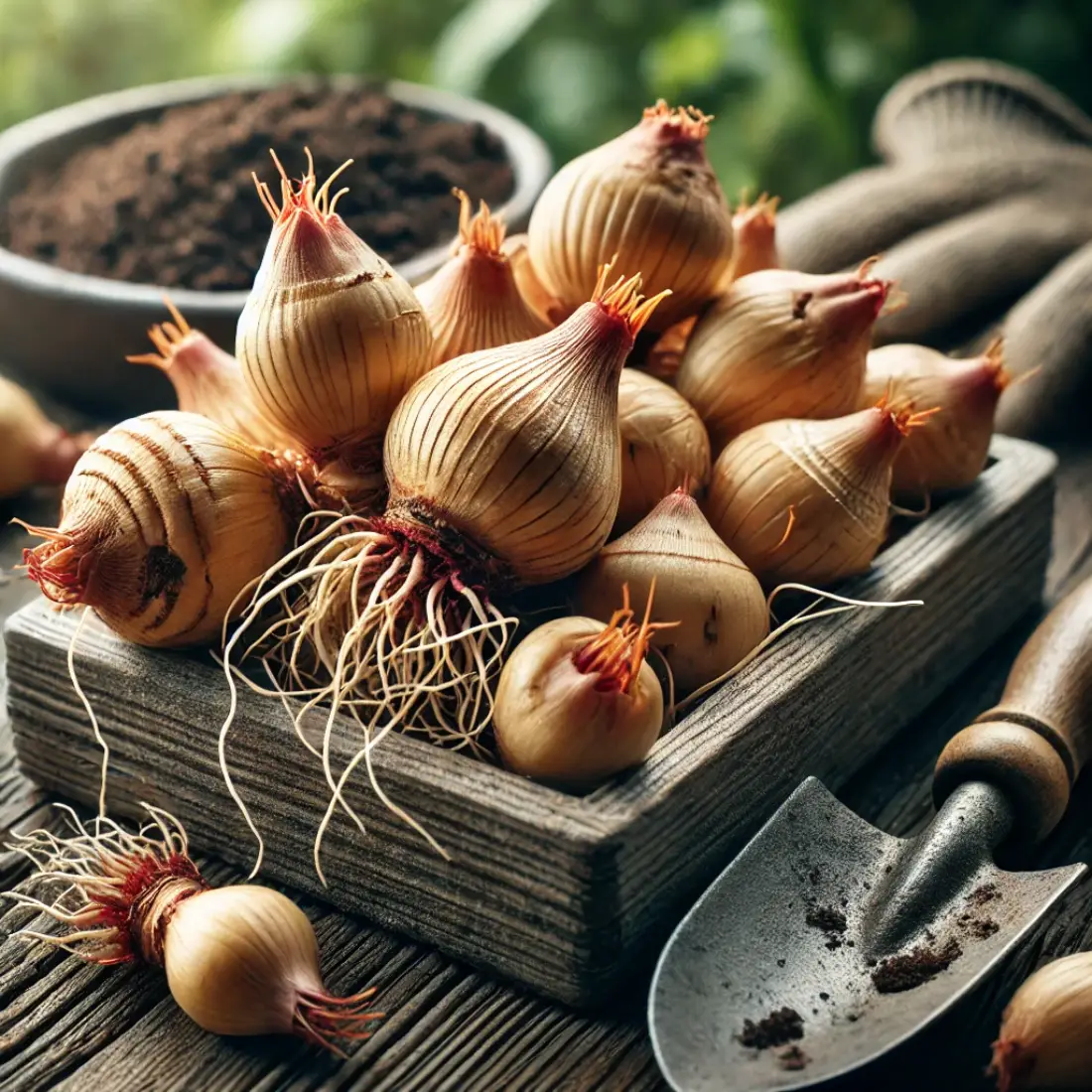
Plant the corms about 4 inches (10 cm) deep, with the pointed side facing up. Space them 4 to 6 inches (10-15 cm) apart to allow sufficient room for growth. For larger plots, you can plant the corms in rows, leaving about 12 inches (30 cm) between rows to facilitate easy access for care and harvesting.
After planting, water the corms lightly to settle the soil, but avoid overwatering, as this can lead to rot. Mulching the planting area can help retain moisture and suppress weeds. With proper planting and care, the corms will sprout in the fall, producing vibrant purple flowers and the valuable saffron threads.
Harvesting Saffron
Harvesting saffron is a delicate process that requires careful timing and precision. The saffron flowers, Crocus sativus, bloom in mid to late fall, usually for about two weeks. Harvesting should be done early in the morning when the flowers are fully open but before they wilt. This is the best time to capture the vibrant red stigmas that produce saffron.
Gently pick the flowers by hand, and carefully separate the three red stigmas from each bloom using tweezers or your fingers. It’s important to handle them gently to avoid damaging the delicate threads. Once collected, the stigmas should be dried immediately, either by air-drying in a warm, dark place or using a food dehydrator at low temperatures.
Proper drying preserves the saffron’s flavor, color, and aroma. After drying, store the saffron threads in an airtight container away from light and moisture to maintain their quality.

Managing Pests and Diseases: Common Issues and Organic Solutions
Saffron plants are relatively hardy, but they can still fall victim to various pests and diseases that threaten their growth and yield. One common issue is rodents, such as mice and voles, which may dig up and eat saffron corms. To protect against these pests, consider using physical barriers like wire mesh or planting in raised beds. Additionally, natural repellents like garlic or castor oil can deter rodents.
Insects like aphids and thrips can also target saffron plants, feeding on the leaves and flowers, leading to stunted growth. Organic insecticidal soaps or neem oil sprays can be effective in controlling these pests without harming beneficial insects.
Fungal diseases, such as root rot and corm rot, often occur due to waterlogged soil or poor drainage. Prevent these issues by planting saffron corms in well-drained soil and avoiding overwatering. If a fungal infection is detected, remove and destroy affected plants to prevent the disease from spreading.
Finally, to reduce the risk of disease, practice crop rotation by not planting saffron in the same location year after year. This helps to maintain soil health and reduces the buildup of soil-borne pathogens.
Seasonal Care Tips for Saffron
Caring for saffron throughout the year involves adapting your gardening practices to the plant’s seasonal needs. Each season requires specific attention to ensure healthy growth and a bountiful harvest.
Spring
In early spring, as the saffron plants enter their dormancy, reduce watering significantly. The foliage will begin to yellow and die back, signaling that the plants are storing energy in the corms. It’s important not to cut back the foliage too early, as it continues to photosynthesize and feed the corms. Instead, let the leaves wither naturally before removing them.
Summer
During summer, saffron corms are in their dormant phase and need dry conditions. Avoid watering the plants during this time to prevent rot. Keep the planting area free of weeds to reduce competition for nutrients. If you live in a region with heavy summer rains, consider covering the soil with a layer of mulch or straw to help keep the corms dry.
Fall
As the weather cools in late summer or early fall, saffron corms will begin to sprout. This is the time to resume regular, light watering. Ensure that the soil remains moist but not waterlogged. Remove any mulch to allow the shoots to emerge freely. Fertilize the plants lightly with organic compost to boost their growth as they prepare to bloom.
Winter
During winter, saffron flowers and their precious stigmas appear. Harvest the flowers as soon as they bloom, typically in the early morning. After the blooming period, continue to water the plants moderately, especially if your region experiences dry winters. In colder climates, protect the corms from frost by applying a layer of mulch or straw over the planting area.
FAQs About Growing Saffron
How long does it take for saffron to grow and produce flowers?
Saffron corms typically produce flowers within 6-8 weeks after planting in late summer or early fall. The flowers bloom in mid to late fall, and the entire growth cycle, from planting to harvesting, takes about 8-10 weeks.
How much saffron can I harvest from one plant?
Each saffron flower yields three red stigmas, which are dried to become saffron threads. On average, it takes about 150-200 flowers to produce one gram of dried saffron, so the yield per plant is quite small.
Can saffron be grown indoors?
Yes, saffron can be grown indoors, provided it receives sufficient sunlight, ideally 6-8 hours of direct sunlight per day, and is planted in well-drained soil. Containers should be deep enough to allow the corms to be planted 4 inches (10 cm) deep.
What are the main challenges in growing saffron?
The primary challenges in growing saffron include managing water levels to avoid corm rot, protecting the corms from rodents, and ensuring the plants receive enough sunlight. Additionally, the labor-intensive harvesting process requires careful timing and handling.
How do I store saffron corms if I’m not planting them immediately?
Saffron corms should be stored in a cool, dry, and well-ventilated area if not planted immediately. Keep them away from direct sunlight and moisture to prevent mold or rot. They can be stored for several months before planting.
What type of soil is best for growing saffron?
Saffron thrives in well-drained, loamy soil that is rich in organic matter. The soil should have a pH between 6 and 8. Sandy or slightly gravelly soil is also suitable, as it prevents water from pooling around the corms.
How often should I water saffron plants?
Saffron requires regular, light watering after planting to establish roots. However, once established, saffron needs minimal watering, especially during its dormant summer phase. Overwatering can cause the corms to rot.
Can saffron be grown in cold climates?
Saffron can be grown in cold climates, but it requires some protection from severe frost. Mulching or growing in containers that can be moved indoors during freezing temperatures can help protect the corms.
When is the best time to harvest saffron?
Saffron should be harvested in the early morning when the flowers are fully open. The stigmas should be carefully picked and dried immediately to preserve their quality and flavor.
How long do saffron corms last?
With proper care, saffron corms can last for several years, multiplying each season. They should be dug up and divided every few years to prevent overcrowding and maintain healthy growth.

